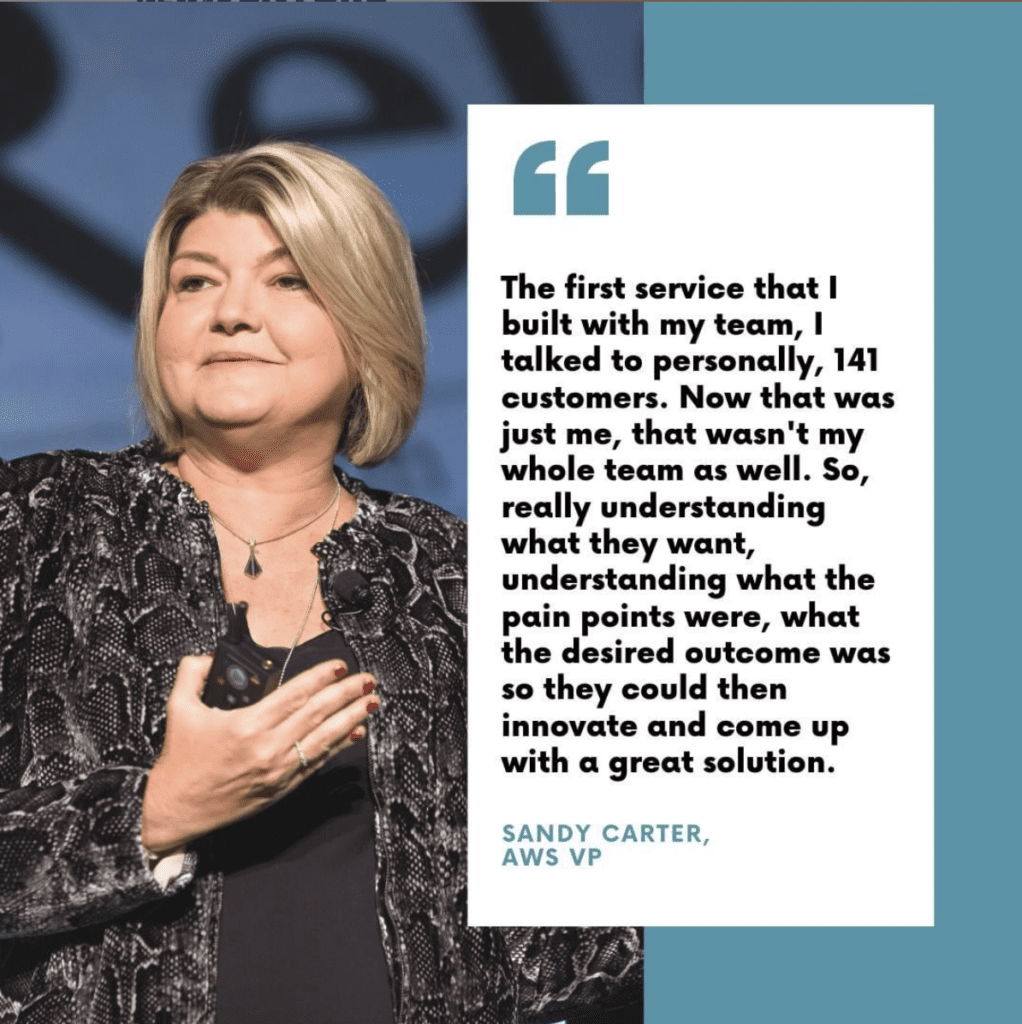
Recently I spent some time with two seemingly similar SaaS start-ups. Both are at about $100k in MRR (congratulations!). Both have happy, enthusiastic customers. Both have really great products and are organically growing. Both have great founder CEOs.
But even though both are now at $1m ARR … one is just so much better positioned than the other for success getting to $5m and $10m in ARR quickly. And at least in this case, in this case study, the difference to me is clear: the Better Positioned $1m ARR SaaS Start-Up Knew Its Customers From Day 1. The other one at $1m ARR, figured it out on the fly … and really, is still figuring it out.
What’s the difference you might ask? They both got to the same place, at the same time, more or less. Well, the difference is architecture. Not just software, but the whole company. The start-up that didn’t know who its core customer would be is behind on team, behind on market presence, behind on how to market and sell to its core customers, and behind on visibility at the prospect level. And the start-up that knew who its target customer was has a more appropriate team for its customers’ needs, and accelerating visibility at the prospect/market level.
I know everything can’t go according to plan in any start-up. It certainly didn’t for me.
But let me just make one suggestion if it’s early days: Don’t Forget the 20 Interview Rule, if you are planning to sell to the enterprise / businesses of any meaningful size.
The 20 Interview Rule is simple: Before You Write a Line of Code, Interview 20 Real, Potential Customers. Not your friends. Not people you know. They have to be real potential buyers. I.e., if you hope to sell to sales managers, you can’t interview a rep. You have to interview a VP or Director of Sales or Sales Operations.
And you have to do 20. I know it’s work to get to 20. But it’s the right number:
- You need the First 5 Interviews just to truly understand the white space and the current opportunity. Yes, you probably think you already understand it. But you are the vendor, not the purchaser. You need to understand your prospective app from the purchaser’s perspective, for real.
- You need the Next 5 Interviews to confirm your pattern recognition. You learn from the first 5, you confirm in the next 5.
- You need Interviews 11-20 to Nail Your Pitch and Hone Your Thesis. Once you truly understand the white space from a buyer’s perspective, and you’ve figured out the nuances and challenges … it’s time to nail your pitch for real. And by doing this, you’ll also hone your thesis and strategy. That’s what interviews 11-20 are. To get real critical feedback on what you’ve learned. To learn about corner cases that may in fact be critical insertion points for you to win. To dig in on what is really 10x better, not just 2x or 5x better.
- And if you can, push on. 30 is even better. 😉 By then, you can start to convert them into real customers!
And let me tell you, at least from my experience, don’t expect all 20 to be positive. Many of My 20 Interviews in both my start-ups were very critical. Or worse, lukewarm. Lukewarm is even worse, because it says yeah, it’s sort of interesting … but no way I’d buy … and implicitly … your idea is a huge waste of time. I’d rather get the negative feedback. 😉
I get the Steve Jobs thing. You just have to build it. You do. But this is SaaS. You’re solving a business’s problem. They don’t know how to solve it, or what you should build. But they do know how to express their problem. Acutely, and thoughtfully.
So even if the specific feedback on your product and idea is off-point — the learnings on the true pain point you’re solving will be perfectly on-point.
So if you haven’t started yet, as fun as it is to just build the wireframes and get a codin’ … do the 20 Interviews. For real. Don’t skimp here. And listen. And if nothing else, force yourself to make key changes to your assumptions based on those learnings. It will pay off.
(note: an updated SaaStr Classic post)

